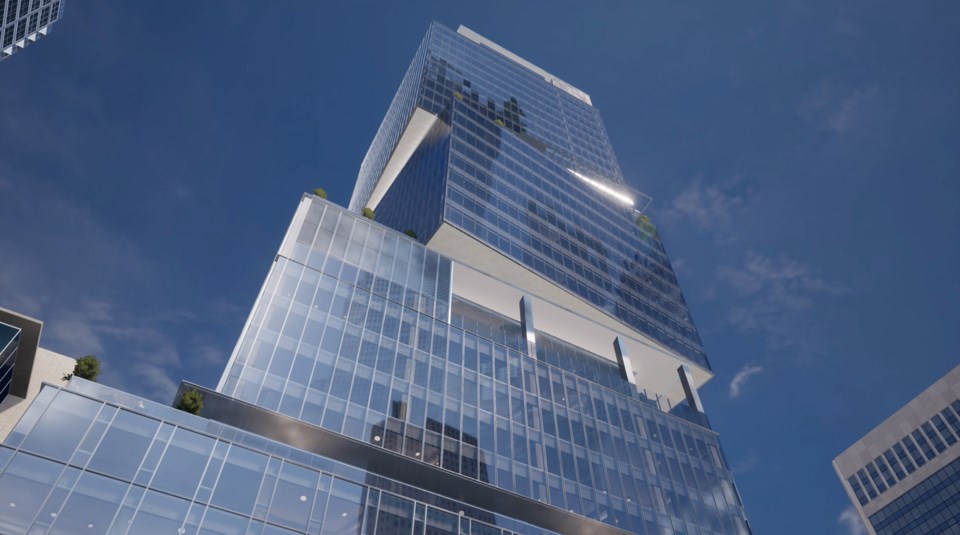Metro Vancouver cap rates are rising for the first time in nearly a decade, but the future looks firm for both office and industrial space thanks to a shortage of new product in the region.
“While the near-term outlook is mixed, the underlying fundamentals of the Vancouver that have created resilience in the past still exist,” Jason Kiselbach, senior vice-president and managing director of CBRE Ltd. in Vancouver said during the CBRE market outlook breakfast that served as the opening act for the Vancouver Real Estate Strategy and Leasing Conference on November 3. “We are currently going through a period of adjustment after an incredible run.”
The period of adjustment is bringing a slowdown in activity, even as demand in many respects remains strong. Deals are taking longer to do, for both vendors and landlords.
“With flight-to-quality being the narrative for most office requirements, triple-A and A-class buildings appear to be outperforming the market and rental rates are holding steady,” Kiselbach said.
According to CBRE statistics released Oct. 3, Metro Vancouver office vacancies averaged 6.6 per cent in the third quarter, with A-class space averaging 6.3 per cent. Downtown office vacancies were slightly higher at 7.1 per cent while A-class space averaged 6.7 per cent. Suburban vacancies averaged 6.2 per cent, with top-tier space 30 basis points lower.
But the past month has seen office leasing activity moderate, with significant chunks of space returned to the market this fall.
“We have added over 350,000 square feet of sublease product to the market since the start of September, with 50 per cent of that product coming from three occupiers. We now have more sublease space on the market and a higher vacancy rate than during the pandemic, with the potential for more subleases to come,” Kiselbach said. “We expect an increase in the vacancy rate over the next several quarters before reversing course.”
With the completion of The Stack at 1133 Melville Street, no major tranches of office space are expected to complete prior to 2025. This means existing vacancies will be all that’s feeding demand.
“With no new product delivering downtown or in the suburbs until 2025, any new absorption will work through existing product without a pile-on of new supply adding to the vacancy,” Kiselbach said.
A similar situation exists in the industrial market, where vacancies are running below 1 per cent with very little new supply available. While demand for strata space has effectively stalled, demand for lease space continues in a market that remains among the tightest in North America.
Overall availability in Metro Vancouver was 0.8 per cent at the end of September with net rents averaging $20.67 a square foot. Completions added little more than 1 per cent to the region’s inventory.
“We still foresee a continuation of the low-supply environment for the industrial market next year,” Kiselbach said. “We expect vacancy to be at or below 1 per cent in 2023. In regard to rental rates, we anticipate further growth based purely on the supply-demand imbalance.”
The strength of demand for industrial space was underscored by several speakers during the Vancouver Strategy and Leasing Conference. While there has been some retrenching following the frenzied activity of the past two years, lease rates continue to rise.
“There was such a frantic race for space and people tied stuff up and actually converted on a lease without thinking the process all the way through,” said Blake Asselstine, vice-president, leasing and asset management with Beedie Industrial. “But given where rates have gone in six months to a year, they’re going to have no problem subleasing it.”
Irene Au, leasing director with QuadReal Property Group, also noted “good activity” on Xchange Business Park, a 140-acre venture with Hungerford Properties in the works since 2018.
“We couldn’t build it fast enough, to be honest,” she said.



